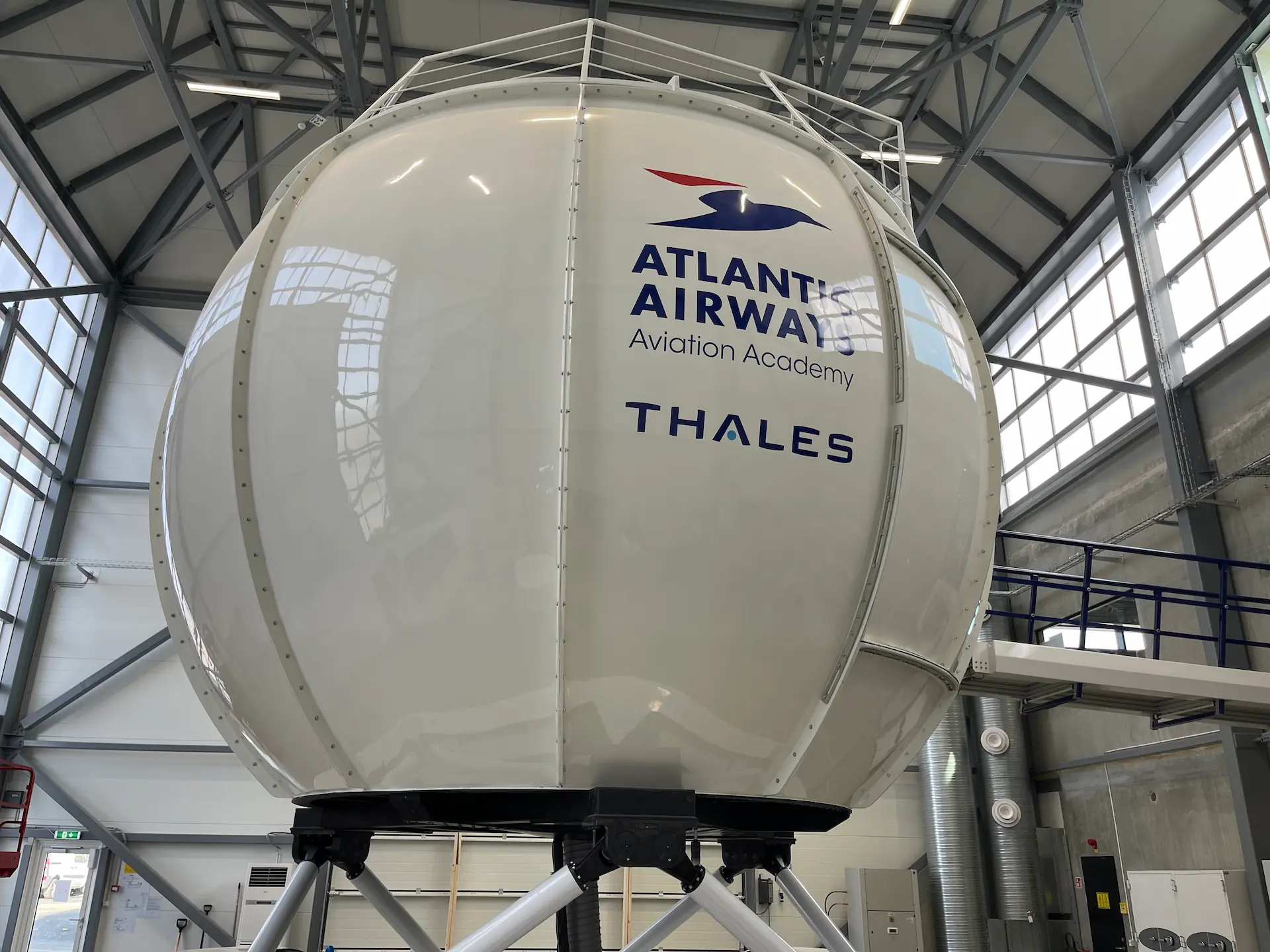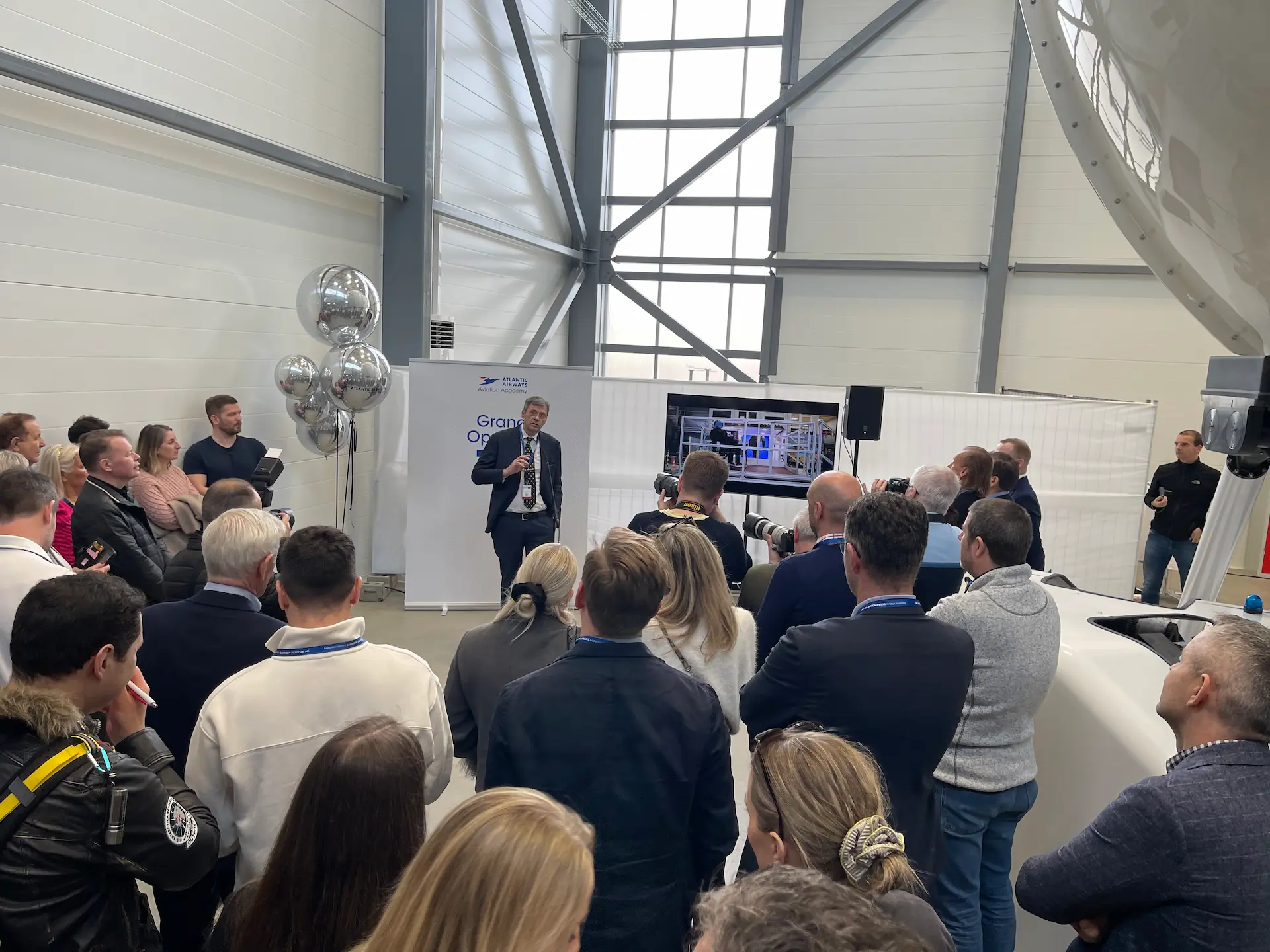Location, Location, Location
Getting to the Faroes is not without its challenges. Located in the North Atlantic and roughly halfway between Norway and Iceland, its nearest neighbor is actually the Shetland Islands (part of the United Kingdom) some 180 miles (290km) to the South-East. Location, as they say, is everything, and the strategic importance of this small group of islands (covering just 540 sq. mi or 1399 sq. km) was not lost on Winston Churchill. Following the German invasion of Denmark in April 1940, Churchill stated to the British Parliament:
“We are also at this moment occupying the Faroe Islands, which belong to Denmark and which are a strategic point of high importance, and whose people showed every disposition to receive us with warm regard. We shall shield the Faroe Islands from all the severities of war and establish ourselves there conveniently by sea and air until the moment comes when they will be handed back…”

Satisfying the “air” requirement saw the construction of the Island’s only airfield, Royal Air Force Station Vágar (now Vágar Airport), on the Southwestern part of the Faroes. Sitting at an elevation of 280’ (85m) and being on one of the few relatively flat parts of the Islands, the location was selected tactically as it was difficult to spot, with the runway being shielded by hills to the North and South. The main (and only) runway is oriented 30/12, with approaches to the prevailing 12 threshold flown down the length of a steep-sided fjord with 1800’ (550m) peaks to the South and 2400’ (730m) to the North. The overshoot drops away sharply into Sørvágsvatn, the largest lake on the Faroes. The base was abandoned after the war and was re-opened as a civilian airfield in 1963.
It is with this backdrop that I found myself descending through a light layer of cloud and between the green rocky outcrops that surround the approach into Vágar Airport aboard one of Atlantic Airways beautiful Airbus A320s. Atlantic Airways launched in 1988 as the Faroe’s National airline, initially with a BAe146 short haul airliner, but have over the years upgraded to a fleet of four Airbus A320 airliners and two Leonardo AW139 helicopters, the helicopter being the reason I am here. Their ambitions have not stopped there. Bjarni Kárason Petersen, the Faroese Minister for Justice and International Development, stated “[Atlantic Airways] has been a key player in our fast-growing tourism industry. I believe that there is room for the company to grow and to develop even further, which will continue to bring us closer to the outside world and vice versa.”
Training Academy
The next step of this growth and development has come in the form of the Atlantic Airways Training Academy, which officially opened its doors on 3 April 2025. This brand-new and purpose-built facility is just a few minutes’ walk from Vágar Airport. Built in a modern Scandinavian style of stripped pine, huge, abstract picture windows flood the building with natural light and afford the occupants stunning views of the airfield, hills and sea beyond.

The main facility comprises of several small brief/de-brief facilities, as well as larger classrooms and a crewroom. The large, juicy cherries of their training cake take the form of three spectacular simulators: an Airbus A320 level D Full Flight Simulator from Sim International, and two devices from Thales for the Leonardo AW139. Thales’ Reality H® AW139 is a level-D Full Flight Simulator and European Union Aviation Safety Agency (EASA) approved. If it is not pushing the cake metaphor too far, then the cream is undoubtedly the accompanying hoist simulator. This uses a cutting edge mixed-reality (MR) headset driving the ThalesView™ Image Generation system to provide the simulated out-of-the-window view. The device itself has a representative AW139 cabin area, with doorway, seats, hoist control grip and winch wire. The cable runs vertically into a dolly on the floor and motors up and down in line with demands on the control grip. The dolly traverses across the floor and imparts a feeling of weight and motion to the operator as they hold a physical wire, whilst surveying the simulated scene through the MR Headset. The really clever part, which maximizes the training opportunity, is that the hoist device can be operated ‘standalone’, or synthetically linked to the AW139 simulator. This means that ‘whole crew’ training can be easily achieved simultaneously. The simulator halls are built with large opaque panels to maximize the light; Atlantic Airways are clearly proud of their new devices - when walking in to the building’s reception area the A320 simulator, standing large and proud in the middle of the first simulator hall, is immediately prominent through large display windows.
Atlantic Airways operates two Leonardo AW139s, with one routinely configured for passengers and the other fitted with a rescue hoist and optimized for search-and-rescue (SAR) duties. As a Faroese national asset, Atlantic Airways holds a SAR commitment and operates right out to the 200-mile limit of territorial waters, and along the shared borders with the UK, Iceland and Norway. The blossoming tourist industry on the Faroes sees many walkers, sightseers and explorers conquering the craggy rocks and hilltops. Slips and falls are as perilous as in any mountainous environment, and Atlantic’s AW139 is on-call to rescue both distressed mariners and hikers alike. There are very few suitable landing areas, so being able to use a rescue hoist is an essential skillset.
Jóhanna á Bergi, Atlantic Airways CEO said:
“At Atlantic Airways we believe that training is not only about technical skills. It is about saving lives, preparing for the unexpected and upholding the highest standards of safety and professionalism.”
Rare Asset
Currency and synthetic training requirements for Atlantic’s aircrews were becoming increasingly difficult to achieve; EASA approved devices in Europe were few and far between and becoming ever harder to obtain slots. Atlantic’s Head of Training, Hans Erik Jakobsen, had long dreamed of having a simulator for themselves, and pitched the idea to Jóhanna. During the opening ceremony, Hans Erik said, “You can only step forward on what you have already achieved. It is good to have dreams, good to have a vision. You need to do, then achieve, then step forward. What we are building is on our dreams.”
.webp)
It is not just about providing training for their own crews, however. Atlantic Airways is keen to share their offering with the world; the Aviation Academy can train up to 600 pilots each year depending on the course and/or training syllabus. Jóhanna proudly added, “Today we are taking [a great] step forward, by placing the Faroe Islands on a global aviation training map.”
So Atlantic Airways’ investment is clear. A brand new and highly appointed training academy is now seeing considerable interest and is already converting that interest into bookings. There is an old Faroese adage which translates as “keen is the eye of the guest”; it is evident that the Atlantic Airways Training Academy has taken this to heart. Nothing, it seems, is too much trouble. Academy trainees can choose to stay on site at the recently renovated Vágar Airport hotel, or a little further afield. The Island capital, Tórshavn, is around a 40-minute drive away and sports several hotels and some excellent restaurants.
The Faroese are immensely proud of their Islands and heritage, their welcome warm and friendly.
Is the journey worth the challenge? Absolutely.
 HOME
HOME


.webp)